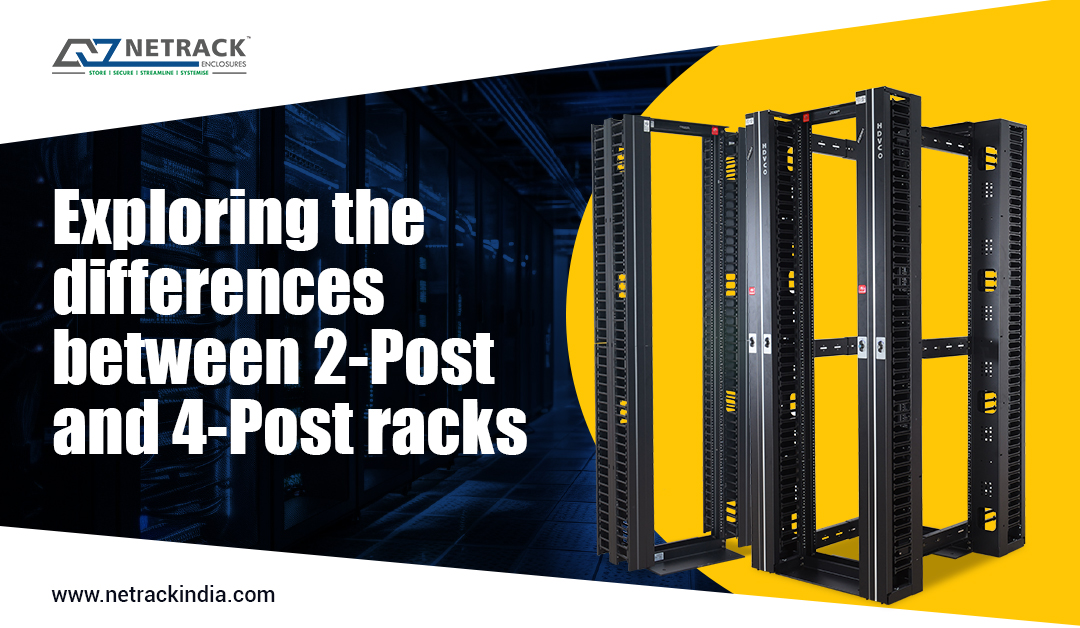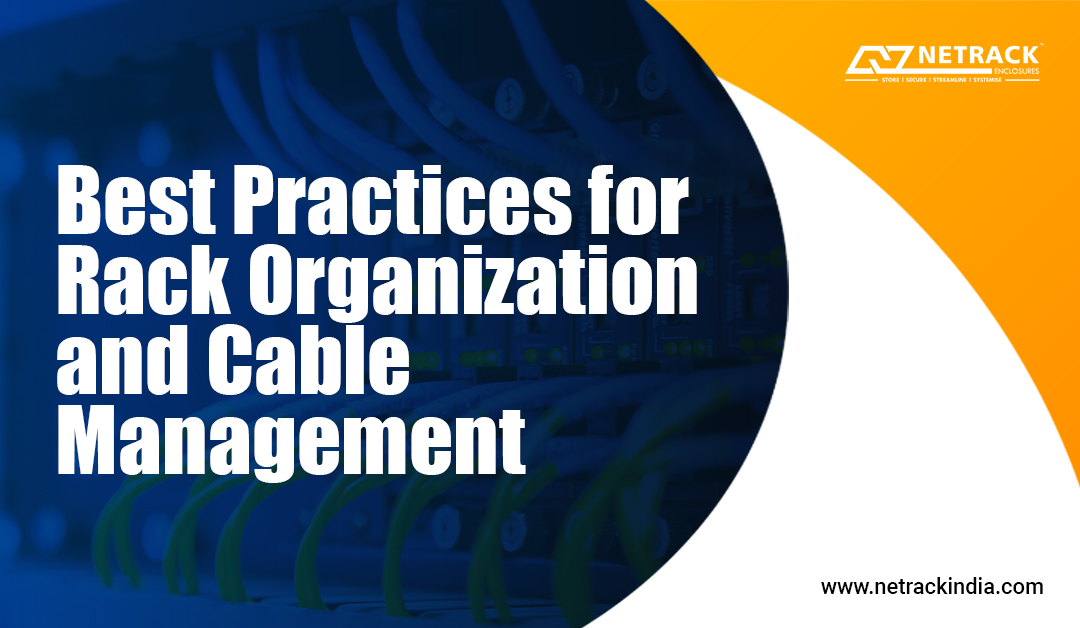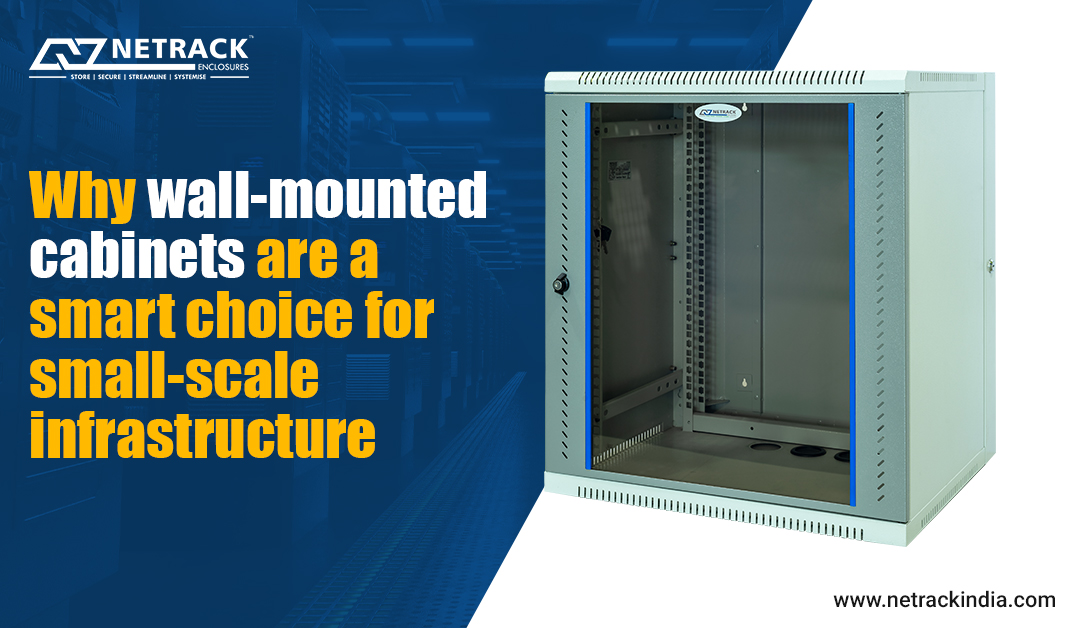Exploring the differences between 2-Post and 4-Post racks
Exploring the differences between 2-Post and 4-Post racks In the world of IT infrastructure, the rack is the backbone of any data center or networking setup since it holds and organizes the equipment. 2-post open racks, NRS & NRA 4 post open frames 600 wide racks and NRS & NRA 4 post open frames 800 wide racks are popular options in the networking industry. These racks serve distinct purposes, each catering to a specific load, stability, and cable management requirements. Understanding 2-Post and 4-Post Racks 2-Post racks are commonly used to house networking equipment such as switches, routers, and patch panels. These devices are typically lightweight and have shallow depths, making 2-post racks suitable for installation. They have a simple design with two vertical posts at the front. They are also known as relay racks. They are commonly seen in telecommunication rooms, smaller data centers, or network closets where equipment only
Read More



